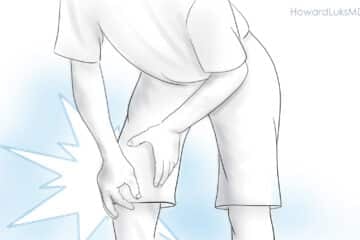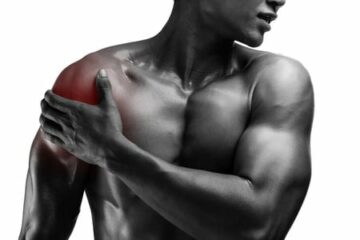The shoulder is a complex structure that we abuse with many activites. SLAP lesions are just one of a number of problems within the shoulder that will cause pain.
The shoulder is constructed as a ball and socket joint. A common analogy I use is it similar to a golf ball sitting on a golf tee.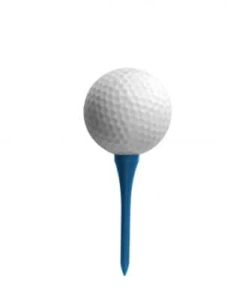 To improve the ability of the ball to stay on the tee there is a cartilage disc which surrounds the socket. That cartilage disc is called a labrum. The labrum or cartilage disc provides stability to the shoulder joint because it makes the golf tee wider, thus adding surface area. The word SLAP stand for Superior Labral (Tear) Anterior to Posterior.
To improve the ability of the ball to stay on the tee there is a cartilage disc which surrounds the socket. That cartilage disc is called a labrum. The labrum or cartilage disc provides stability to the shoulder joint because it makes the golf tee wider, thus adding surface area. The word SLAP stand for Superior Labral (Tear) Anterior to Posterior.
What is a SLAP Lesion?
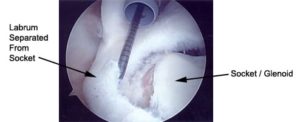
In this photo of a shoulder at the time of surgery, the socket (golf tee) is seen, and the cartilage disc surrounding it is no longer attached to the socket. This is a superior labral tear- or SLAP lesion. The superior labrum serves as the attachment of the biceps tendon within the shoulder. Yes… your biceps muscle turns into a tendon which comes all the way the arm and then deep within the shoulder. Therefore in a true SLAP lesion, the biceps may be unstable. This can become a problem in overhead athletes such as pitchers, volleyball players, and swimmers.
SLAP Lesions are usually due to chronic repetitive stress. Pitch after pitch after pitch… it all adds up, and eventually the labrum will begin to tear away from the socket and produce a SLAP lesion. SLAP lesions can also be cause by isolated traumatic events. In addition, studies performed as far back as the 1930’s showed that most adults had labral tears at their time of death… so it stands to reason that most tears are simply the result of wear and tear, especially in the adult population.
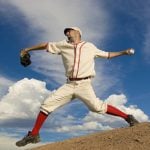
More on this in the next few sections on SLAP lesions.




